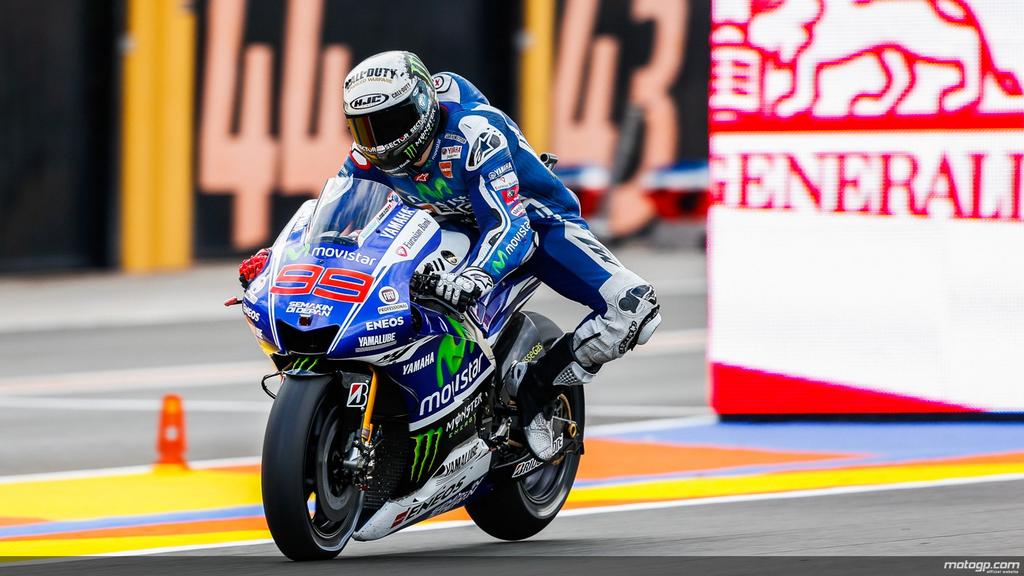Andres125sx wrote:
...... And there´s even another point to consider, fast direction changes, for example chicanes. Not sure if you´ve ever driven a motorcycle on a track, but the gyroscopic effect of the wheels plus the inertia of the bike due to its weight are two strong forces driver must overcome when trying to do a fast tilt change. A heavy driver can do it faster because his weight here is an advantage to move bike weight and change tilt angle
yes, but .......
the (wheel) gyroscopic effect is essentially an effect of steady cornering, not of tilt change
at least ......
changing tilt change causes a gyroscopic torque trying to yaw favourably, ie it steers the front wheel in the appropriate direction
and ......
when the bike becomes established in a corner the gyro torque becomes unfavourable, ie it acts to oppose the appropriate lean
because it is proportionate to yaw (angular velocity) and speed (but these are not independent)
so practically, for a given 'g' this gyro torque is constant regardless of the nature (speed) of the corner
importantly, this gyro torque costs eg an additional 2-4 deg of tilt (ie more than required to balance the centripetal 'g' achieved)
(2-4 deg comes from the Wilson-Jones I Mech E paper c 1948 iirc an 1960s article based on this paper)
so lighter wheels are helpful here (or a heavier bike+rider)
the favourability and unfavourability checks out with a hand-held spinning bicycle wheel


